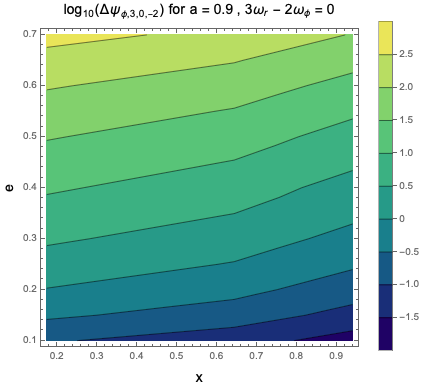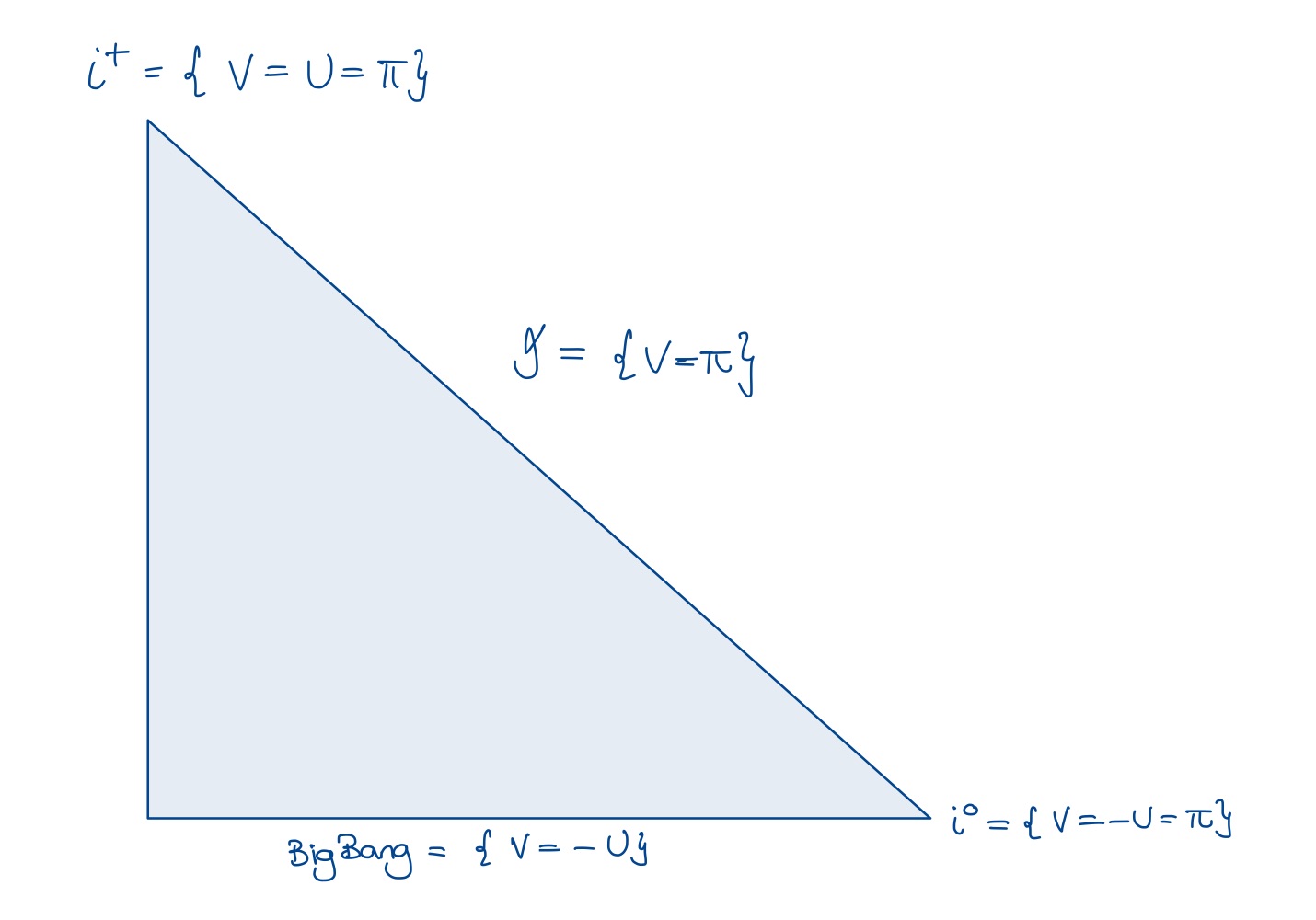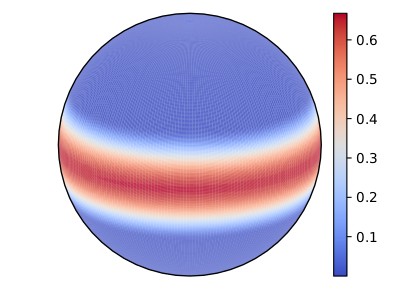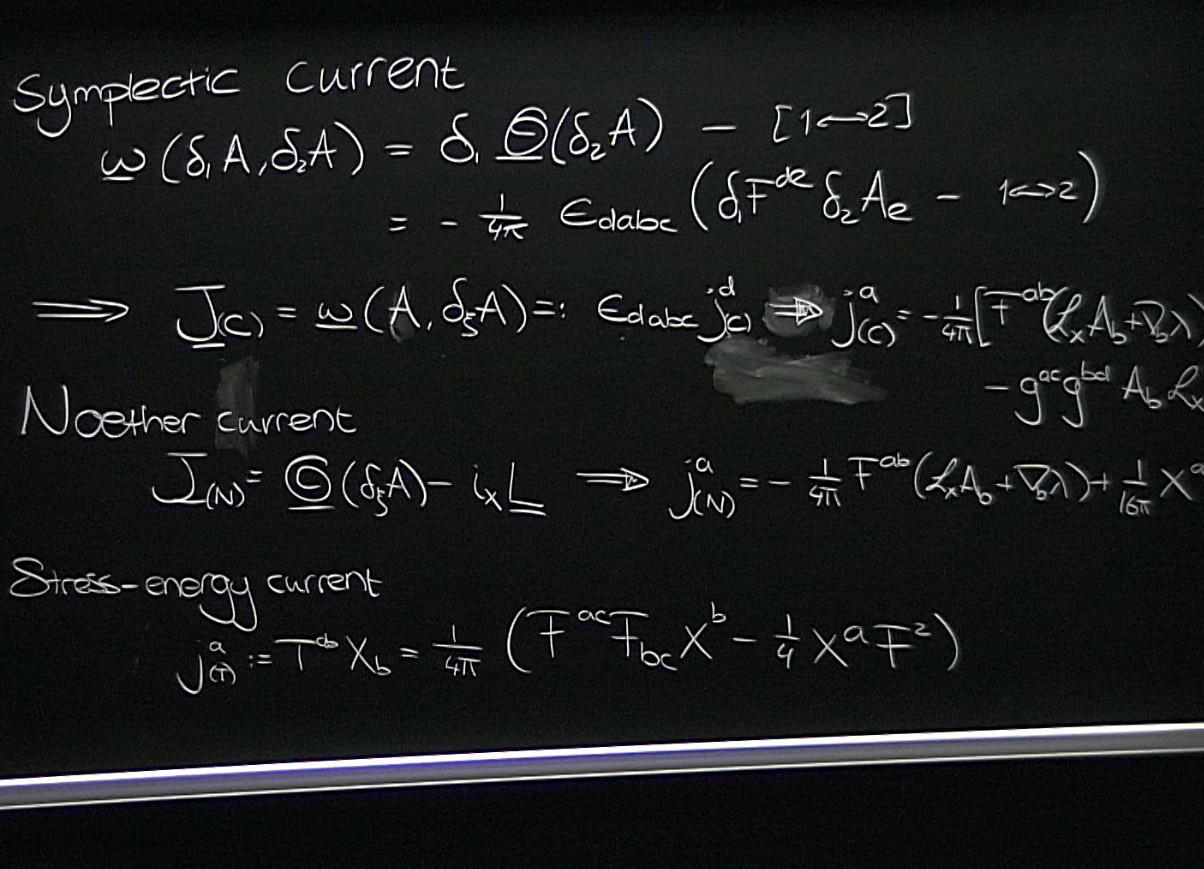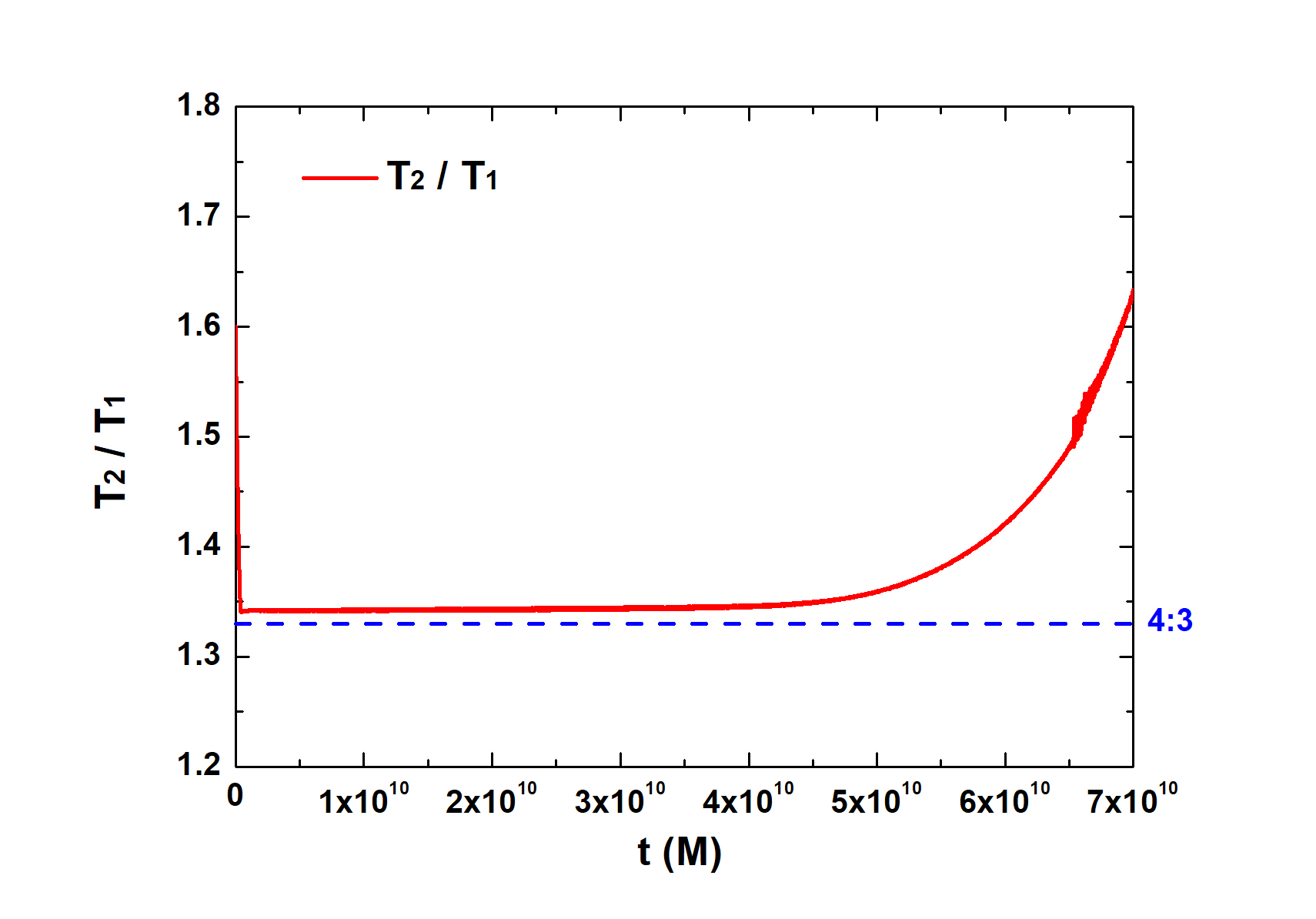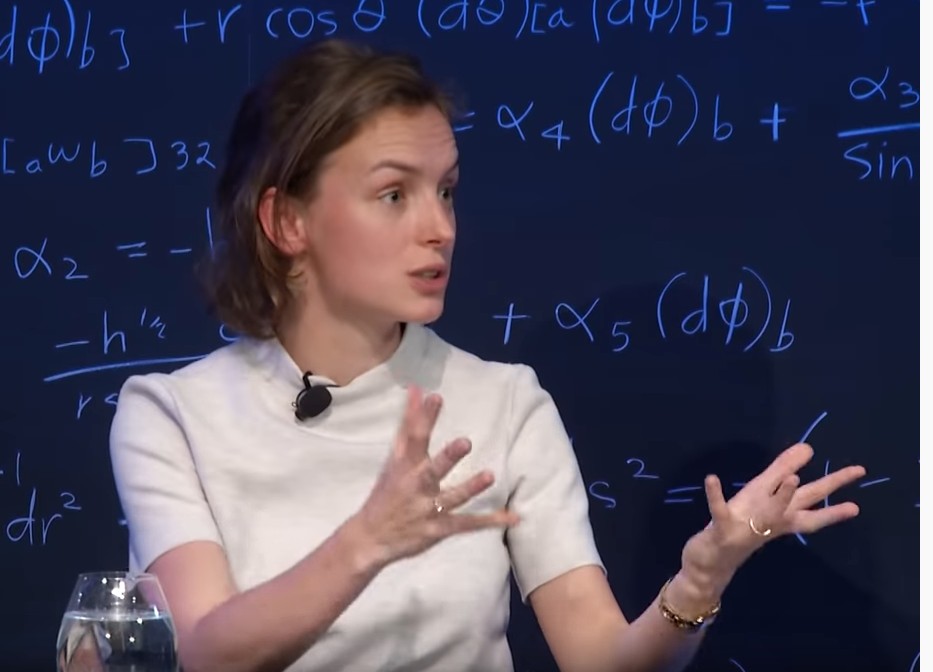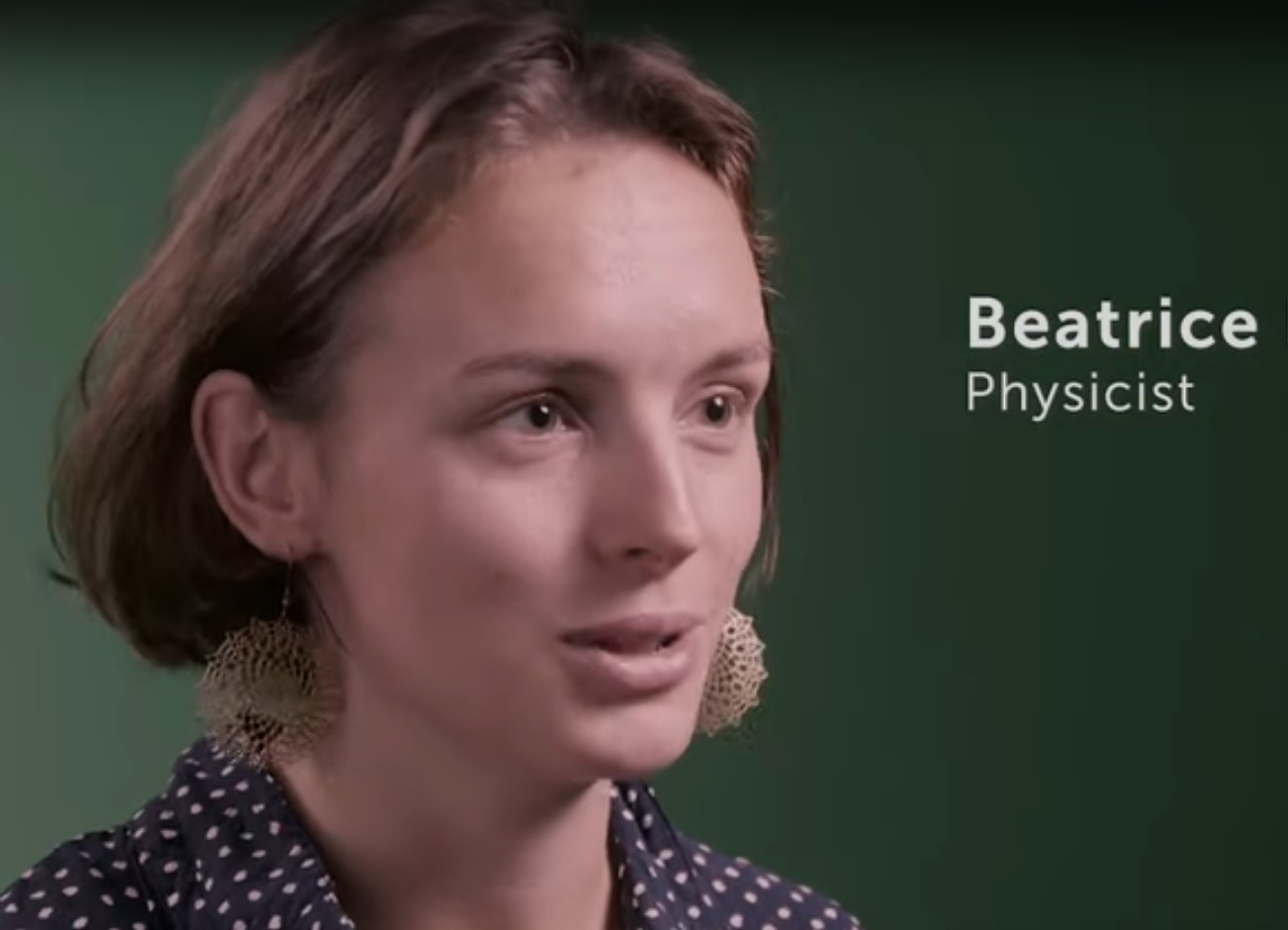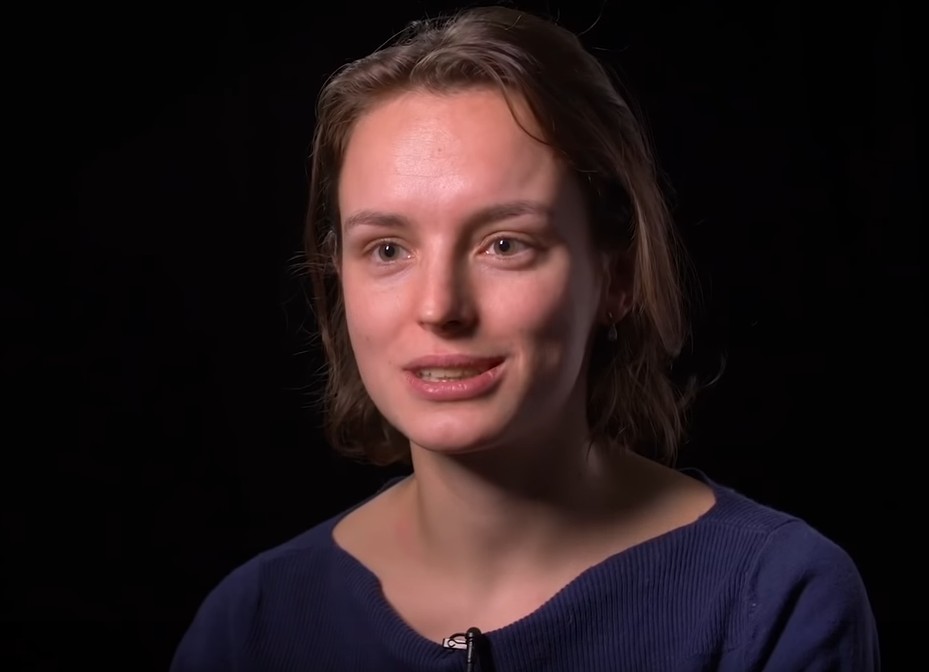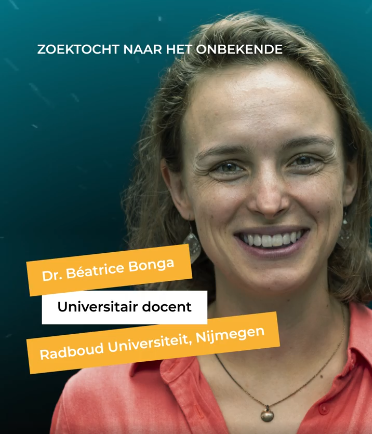BMS-like structures in cosmology
Symmetries play a key role in theoretical physics. However, most realistic systems posses no symmetries.
Fortunately, if you go far away from a compact object with strong gravity such as black holes and neutron stars, the spacetime becomes approximately flat again.
As a result, you do have "asymptotic symmetries". These asymptotic symmetries are described by the Bondi-Metzner-Sachs algebra (BMS) and they play an important role in gravitational science.
However, if you take into account that the universe is expanding, the spacetime does not become asympotically flat.
We carefully examined what happens if you have spacetimes that expand in a decelerating fashion and found that the asymptotic symmetry algebra of this large classs of spacetimes is like the BMS algebra. However, it is not exactly the same! See the paper for details :)






